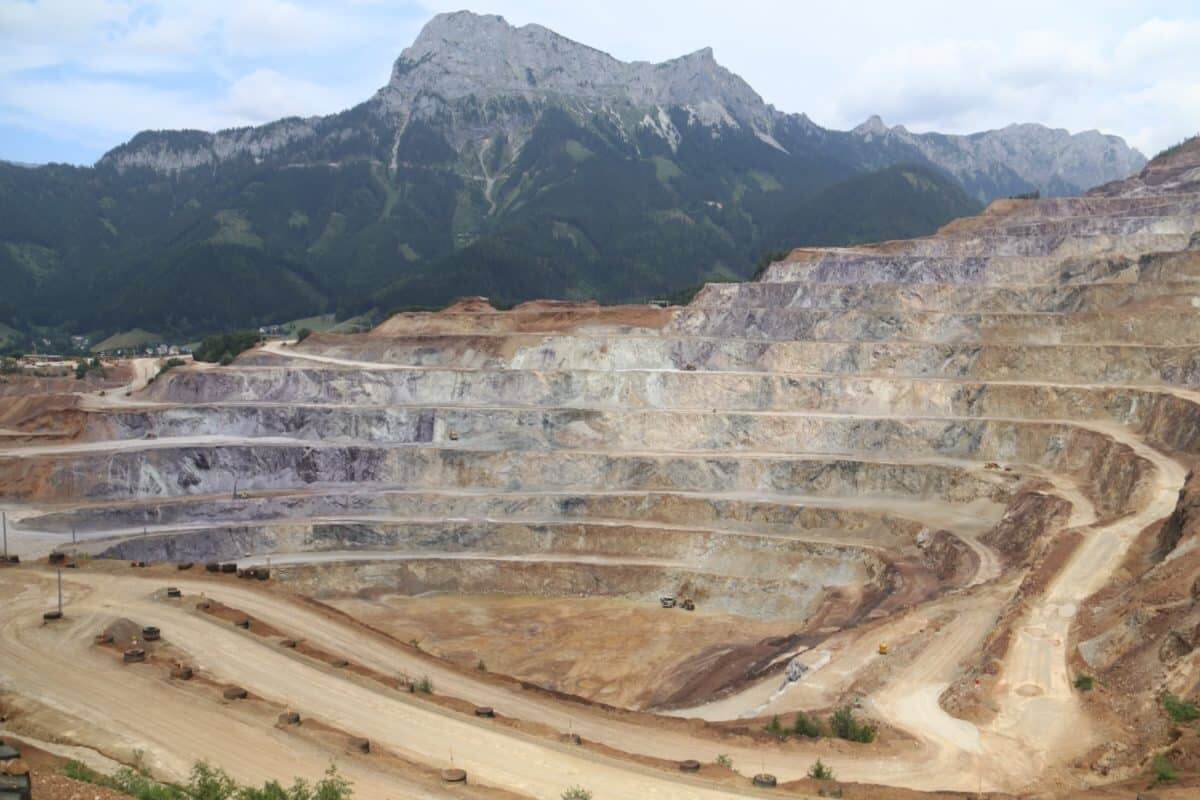
Iron Ore Hits 10-Month Low: A Perfect Storm of Weak
Quick Look
- Iron ore prices have dropped below $100/ton, the lowest in ten months, due to reduced demand in China and increased supply.
- China’s property crisis is heavily impacting steel demand, contributing to the price drop.
- Global miners and countries like Australia face setbacks from falling prices and high supply.
- The iron ore market’s recovery appears grim with China’s ongoing property sector issues and low steel demand.
- The industry may need strategic adjustments to navigate the challenges of weak demand and high supply.
In a striking testament to the fragility of global commodity markets, iron ore prices have plummeted to their lowest point in nearly a year, with futures in Singapore breaking below the critical $100 per ton mark early Monday. This nearly four per cent dive signals a turbulent period for the steelmaking component, primarily driven by diminished construction activity in China and a significant uptick in supply. This article delves into the key factors behind this downturn and the potential future trajectory for iron ore prices.
China’s Construction Woes
At the heart of the iron ore slump lies China’s protracted property crisis, which continues to exert a heavy toll on demand for steel. Consequently, “The move in iron ore this morning represents a return to basics and fundamentals,” notes Atilla Widnell, managing director at Navigate Commodities Pte. Furthermore, the resurgence in Australian iron ore shipments should exacerbate the already surging port-side inventories in China.
Over the past two decades, the fortunes of iron ore have been closely intertwined with the Chinese property sector. However, this year has seen a significant downturn, with Singapore futures shedding about thirty per cent of their value. This downturn is partly attributed to President Xi Jinping’s sweeping reforms aimed at restructuring the economy, inadvertently impacting a vital raw material for the construction industry.
Global Impact and Supply Dynamics
The reverberations of falling iron ore prices extend far beyond China’s borders. They affect major global miners like BHP Group Ltd and Vale SA. Additionally, this downturn marks a significant setback for Australia. The country relies on iron ore for a third of its total resource and energy export revenues.
Compounding the issue is a period of abundant supply, highlighted by a notable surge in Australian exports in mid-March. With Chinese port stockpiles ballooning to a year-high of approximately 142 million tons, the market faces additional pressure. Also, blast furnaces in China are being idled in response to weak margins and uncertainty around steel demand.
No Quick Fix in Sight
The outlook for a swift recovery in the iron ore market remains bleak, and the downturn in China’s property sector shows little sign of abating, with new home sales from the country’s top 100 real estate firms plummeting by about forty-six per cent in March year-on-year. Additionally, the China Iron & Steel Association’s warning about the delayed recovery in steel demand further dampens prospects. With the steel industry’s purchasing managers’ index hitting a low of 44.2 in March, the lowest since the previous year, the challenges are mounting.
As iron ore prices navigate this tumultuous period, stakeholders across the global economy are closely monitoring developments. With no immediate solution to the dual challenges of weak demand, the market may need to brace for continued volatility. However, this situation also presents an opportunity for strategic adjustments and potential long-term reshaping of the industry landscape.




